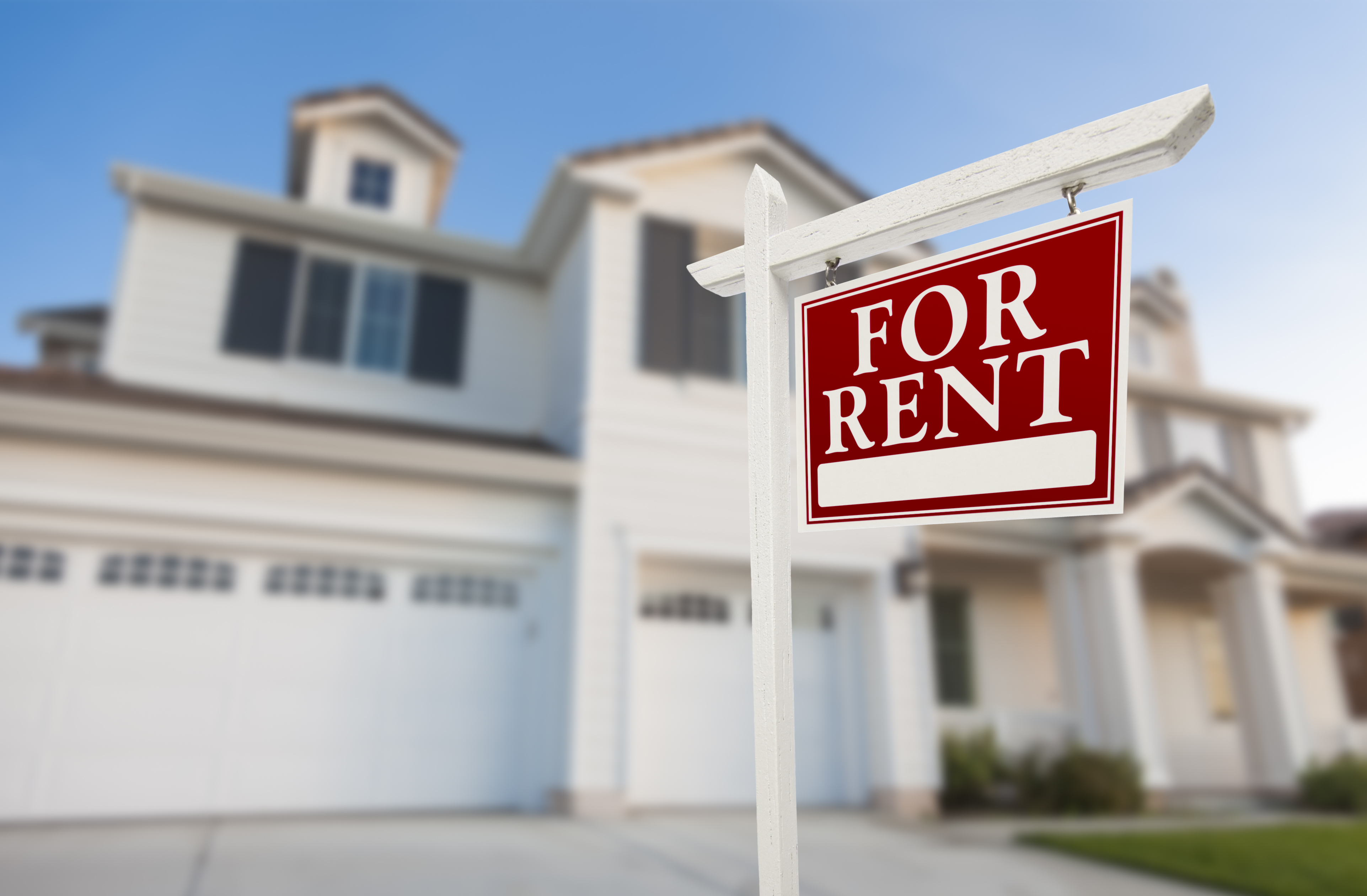Consumer Protection has released an update regarding dual occupancy rental properties. This is a timely reminder to owners who have intentions of leasing out ancillary dwellings etc. It's also very relevant given that many of the vacant lots being released and sold in the Western Suburbs have the zoning which allows owners to build dwellings which offer dual occupancy.
Consumer Protection has recently seen a growing trend of dual occupancy properties available for rent.
Dual occupancy properties have several features which make them different from single or shared tenancy homes or duplex properties.
This bulletin summarises issues to be aware of when leasing a dual occupancy property, including requirements relating to the lodgement of bonds, how utilities are billed, and information which must be disclosed to tenants.
What is a dual occupancy rental property?
A dual occupancy property consists of a single residential property that contains two completely separate and self-contained homes under one roof.
A typical configuration is a 5 bedroom 3 bathroom property (or a 4 bed, 2 bath) with a single dividing wall that separates the property into two dwellings each with its own kitchen and laundry facilities.
Unlike a duplex property, dual occupancy homes share the same address, mailbox, and driveway, and are not separately metered for water, gas and electricity.
Possible issues arising in dual occupancies:
The type of agreement
The Residential Tenancies Act 1987 (WA) applies to dual occupancy properties.
The Residential Tenancies Act 1987 (WA) will also apply if the landlord lives in one part of the property and rents out the other part.
Security bond
If the landlord is living in the property and rents one half and requires a bond, the landlord must lodge the bond with the Bond Administrator. If the landlord is not living in the property and there are tenancy agreements (one for each unit), the bonds for the two tenancies must be lodged separately with the Bond Administrator.
Utilities and access to shared areas
Dual occupancy properties are not separately metered, so a tenant can only be required to pay consumption costs for the utility if a method of calculating the cost is set out in the tenancy agreement.
Disputes about utility costs may be more likely in dual occupancy rentals because:
- One of the homes may have more rooms or occupants than the other, which results in higher utility use.
- There may be confusion about a tenant’s responsibility for utilities when the other home is unoccupied.
- Sharing utilities can increase overall costs for water due to higher usage pushing tenants into more expensive tiers; and for electricity because tenants cannot choose different rate types that suit the time of day that they use electricity.
- Tenants may be ineligible for some concessions or utility credits because the account is not in the tenant’s name.
An option to reduce disputes about utility charges and to provide certainty for both sets of tenants is to recover the cost of utilities through the rent, rather than by charging the tenant a separate amount for consumption.
Shared areas
Unlike duplex properties, dual occupancy homes share several areas. Consideration needs to be given to access to shared areas, including front gardens and driveways, and who is responsible for the maintenance of these areas.
Some dual occupancy properties may only have one letterbox. If both tenancies are expected to use the same letterbox, this can lead to an increased risk of lost mail and may compromise the tenant’s privacy and the security of important documents.
Disclosure
Agents and sales representatives, including property managers, must disclose any material facts about the property to a prospective tenant.
The fact that a rental is part of a dual occupancy property is therefore a matter that must be disclosed.
Other information that would be material to a prospective tenant deciding whether to enter into the tenancy includes:
- Which areas are shared and which are private?
- What access rules for shared areas apply? Who has responsibility for the upkeep of shared areas, including if the other part of the property is unoccupied?
- Is there already access to connected services such as NBN internet and landlines?
This list is not exhaustive and you should carefully consider your obligations under the Real Estate and Business Agents and Sales Representatives Code of Conduct.
Source: https://www.consumerprotection.wa.gov.au/
If you are unsure of your obligations as an owner, speak to one of our property management experts for more guidance.




